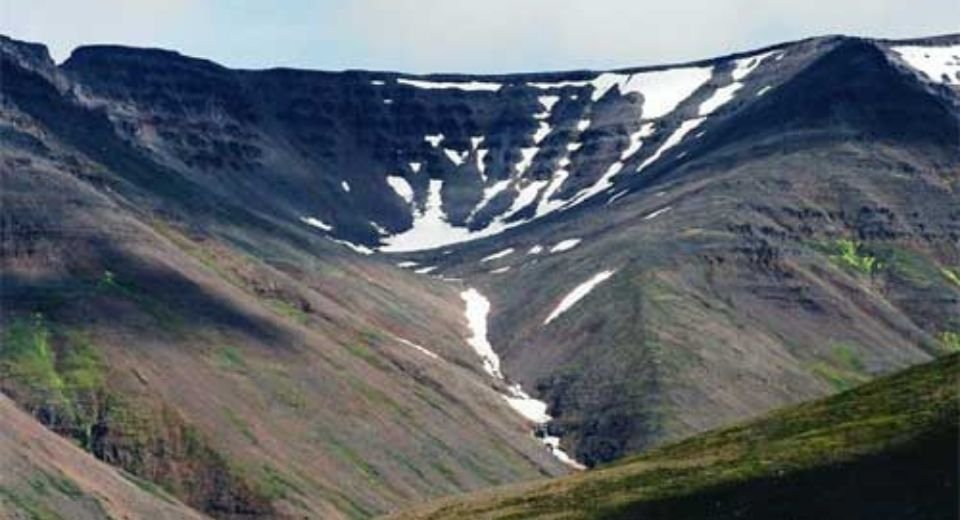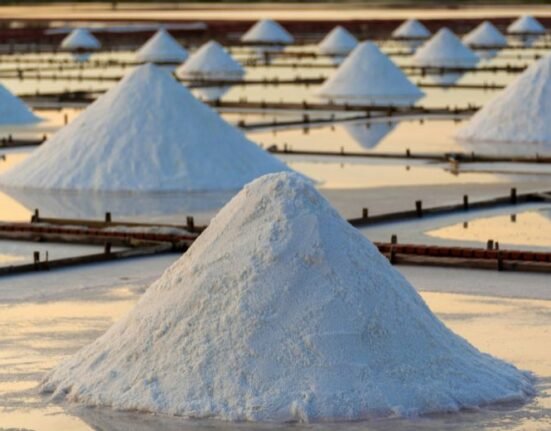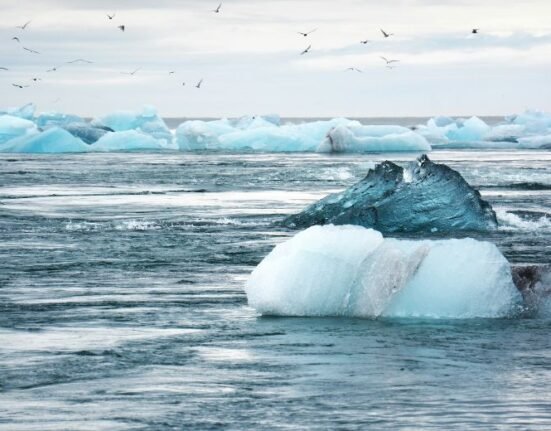HQ Team
January 21, 2024: The volume of ice in the European Alps will decline by 34% by 2050 even if global warming were to stop completely, a study finds.
“If the trend observed over the last 20 years continues at the same rate, however, almost half the volume of ice will be lost,” according to researchers from the University of Lausanne, Switzerland.
The Alps are the highest and an extensive mountain range that is entirely in Europe stretching approximately 1,200 km (750 mi) across eight Alpine countries — Monaco, France, Switzerland, Italy, Liechtenstein, Germany, Austria and Slovenia.
Alpine glaciers begin high up in the mountains in bowl-shaped hollows called cirques. As the glacier grows, the ice slowly flows out of the cirque and into a valley. Several cirque glaciers can join together to form a single valley glacier. When valley glaciers flow out of the mountains, they spread out and join to form a piedmont glacier.
MLM, climate data
Scientists from the Faculty of Geosciences and Environment at the University of Lausanne, in collaboration with the University of Grenoble, ETHZ and the University of Zurich predicted the scenario, using machine-learning algorithms and climate data.
The result was based on glaciers continuing to suffer losses due to inertia in the climate-glacier system. “This most optimistic of predictions is far from a realistic future scenario, however, as greenhouse gas emissions continue to rise worldwide.”
Without drastic changes or measures, if the melting trend of the last 20 years continues, almost half (46%) of the Alps’ ice volume will have disappeared by 2050. “This figure could rise to 65% if we extrapolate the data from the last ten years alone.”
How old will our children be in 2050? Will there still be snow in 2038, when Switzerland may host the Olympic Games? These estimates are all the more important as the disappearance of kilometers of ice will have marked consequences for the population, infrastructure and water reserves.
“The data used to build the scenarios stopped in 2022, a year followed by an exceptionally hot summer. It is, therefore, likely that the situation will be even worse than the one we present”, said Samuel Cook, a researcher at UNIL and the first author of the study.
Most shrinkage
The simulations were carried out using artificial intelligence algorithms.
The scientists used deep-learning methods to train their model to understand physical concepts and fed it real climate and glaciological data.
“Machine learning is revolutionising the integration of complex data into our models. This essential step, previously notoriously complicated and computationally expensive, is now becoming more accurate and efficient”, said Guillaume Jouvet, Professor at the FGSE and co-author of the study.
The European Alps is one of the regions where glaciers are shrinking most. On average, the observed Alpine ‘reference’ glaciers lost on average more than 24 m in thickness between 1997 and 2017, which corresponds to a mean annual mass loss of 1.2 kg per m2. In 2018, glaciers in the Alps lost another 1.5 m in ice thickness.








